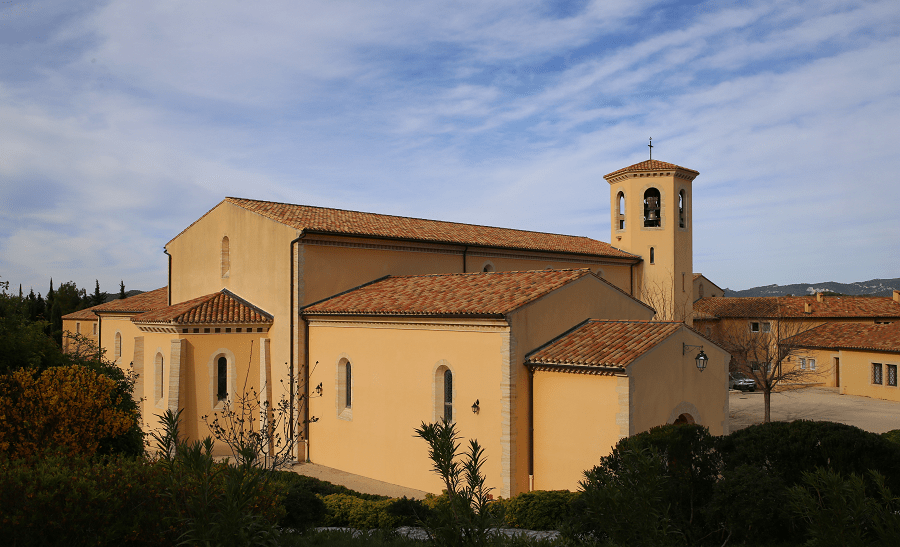The Cité des Sciences et de l’Industrie (“City of Science and Industry”, abbreviated la CSI) is the biggest science museum in Europe. Located in the Parc de la Villette (19th arrondissement) in Paris (France), it is one of the three dozen French Cultural Centers of Science, Technology and Industry (CCSTI), promoting science and science culture.
About five million people visit the Cité each year. Attractions include a planetarium, a submarine (the Argonaute), an IMAX theatre (La Géode) and special areas for children and teenagers. The CSI is classified as a public establishment of an industrial and commercial character, an establishment specialising in the fostering of scientific and technical culture. Created on the initiative of President Giscard d’Estaing, the goal of the Cité is to spread scientific and technical knowledge among the public, particularly for youth, and to promote public interest in science, research and industry.
The building is constructed around the vast steel trusses of an abattoir sales hall on which construction had halted in 1973. The transformation, commissioned on 15 September 1980, was designed by the architect Adrien Fainsilber and the engineering firm Rice Francis Ritchie (RFR Engineers). It was opened on 13 March 1986, inaugurated by François Mitterrand upon the occasion of the encounter of the Giotto space probe with Halley’s Comet.
It is accessible by Paris Métro Line 7 at the Porte de la Villette station and by bus lines 60, 71, 75, 139, 150, 151, 152 and 170. The tramway T3b was opened in December 2012.
Address: 30 Av. Corentin Cariou, 75019 Paris, France
Hours:
Friday 9:15 AM–7 PM
Saturday 9:15 AM–7 PM
Sunday 9:15 AM–7 PM
Monday Closed
Tuesday 9:30 AM–6 PM
Wednesday 9:30 AM–6 PM
Thursday 9:30 AM–6 PM
The prices start from 13 euro.
See more:

















